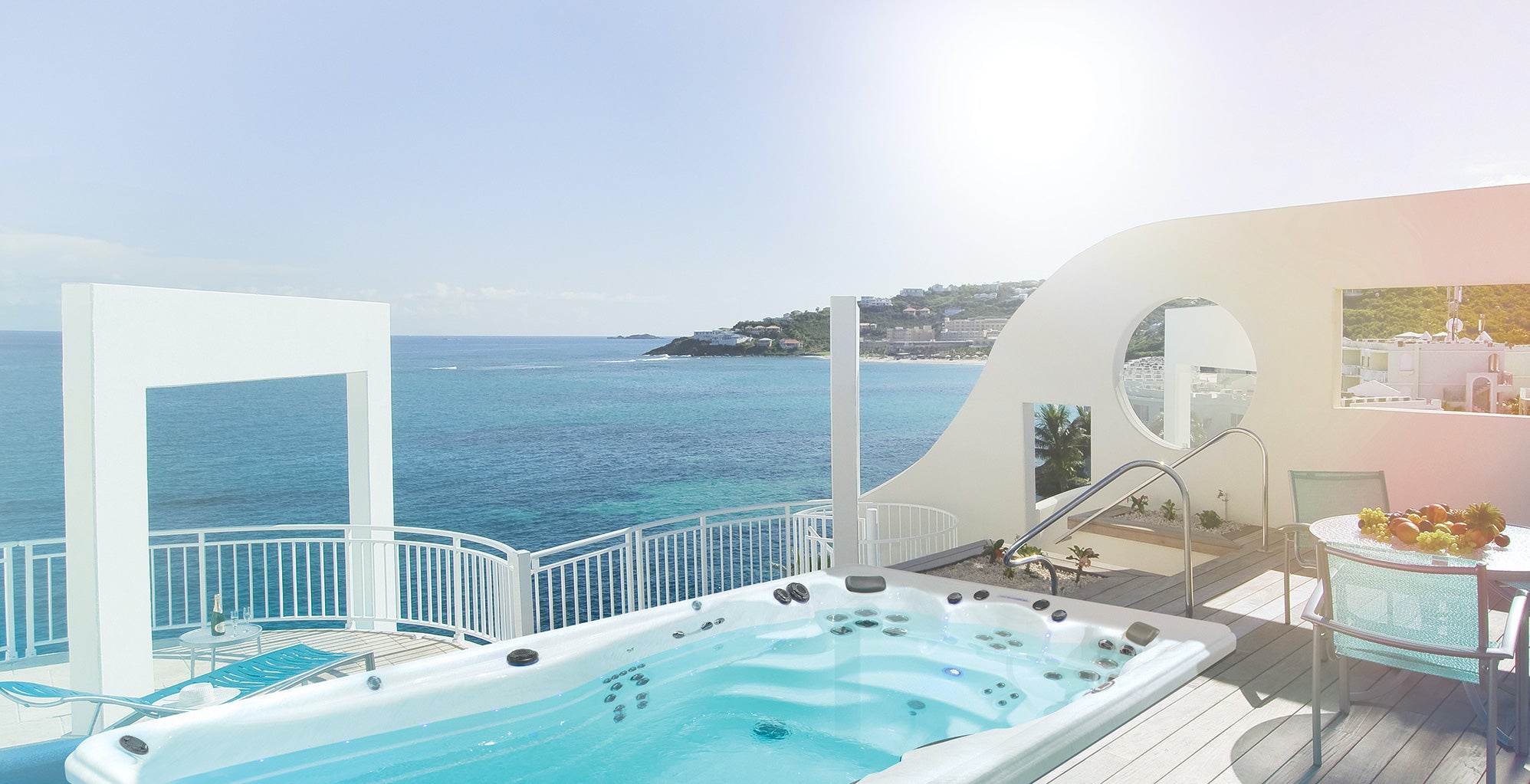 At first glance, a pool and hot tub have much in common but are quite opposite. For example, the amount of water is significantly more in a general pool than a spa or the cold temperature versus the hot temperature. Both of these differences require specific treatments, thus causing some pool chemicals to be unsafe for hot tubbing.
At first glance, a pool and hot tub have much in common but are quite opposite. For example, the amount of water is significantly more in a general pool than a spa or the cold temperature versus the hot temperature. Both of these differences require specific treatments, thus causing some pool chemicals to be unsafe for hot tubbing.
Everything you need to know about hot tub chemistry is essential to your health and well-being, as well as the long life of your pool or hot tub apparatus.
Alkalinity
Be sure to check the alkalinity, pH, and sanitizer and follow all the instructions on your SpaBoss water treatment. When test readings indicate adjustments are needed, correct it according to the test kit instructions.
Tip: For sparkling, balanced spa water, you’ll need test strips to indicate the spa waters:
- Alkalinity adjuster
- Sanitizer and shock chemicals
- pH adjuster
Sanitizers
Mainly you have two options for sanitizing your hot tub: chlorine or bromine. Both sanitizers are very much alike, although those similarities disappear once combined with the hot water.
- Chlorine is a fast-acting sanitizer and decontaminant agent, that kills off germs and bacteria within a few hours. Once heated, it forms chloramine. The gas is known to irritate your eyes and nose. Chlorine is quick and straightforward to use, add the desired amount of chlorine, wait a bit then retest until you reach the perfect test readings.
- Bromine as a sanitizer takes a bit of patience since you’ll need to build up a bromine reserve. When first filling up your spa water, add sodium bromide along with a shock oxidizer. Wait a while then recheck your test strips until reaching optimal levels as directed on treatment instructions.
Tip: Before using your hot tub, run a quick water test to make sure the water is safe.
Shock Treatments
Because of pesky organic contaminants, you will need to shock your hot tub weekly with either chlorine or bromine sanitizers. Shocking your spa right before soaking can irritate your skin and eyes, as well as, reduce the quality of the treatment. Therefore, the best time to administer shock treatment is after exiting the spa.
Tip: Shock treatments help dissolve residues, oxidize sanitizers, and remove bromine and chloramines.
Drain and refill your spa water
Just a reminder of “why” you shouldn’t use pool chemicals in your hot tub. When your spa has problems with water clarity or scaling, you can drain and refill it, unlike your in-ground swimming pool.
Furthermore, drain and refill your spa with fresh, clean water about every 180 days. Afterward, install a new Eco Pur Filter, then clean the conventional filter, and lastly, repeat the start-up procedure found in your owner manual. A clean, healthy spa will require replacing the regular filter yearly.
If you need help understanding your spa water, check out Leisure Works chemical treatment chart.

